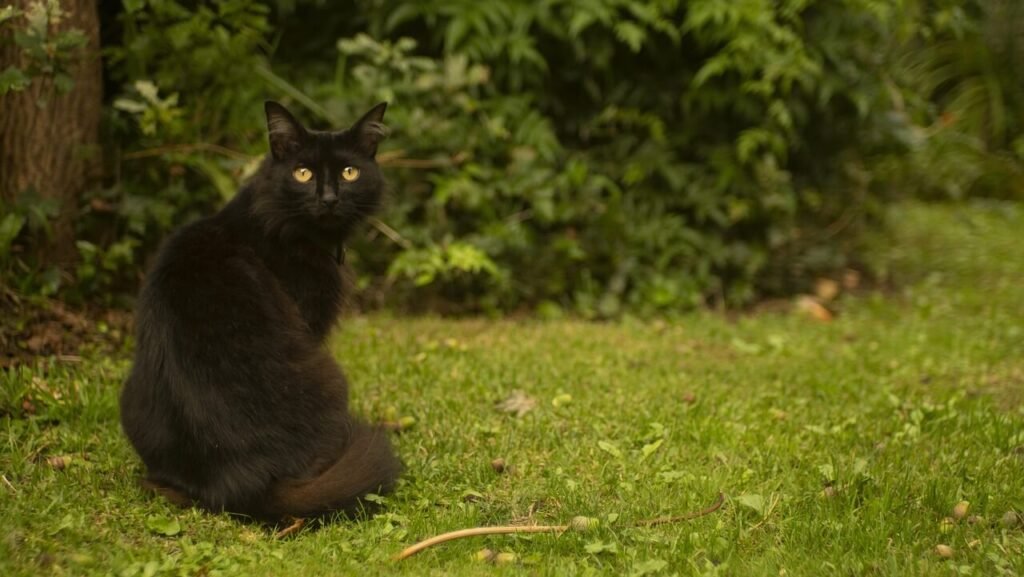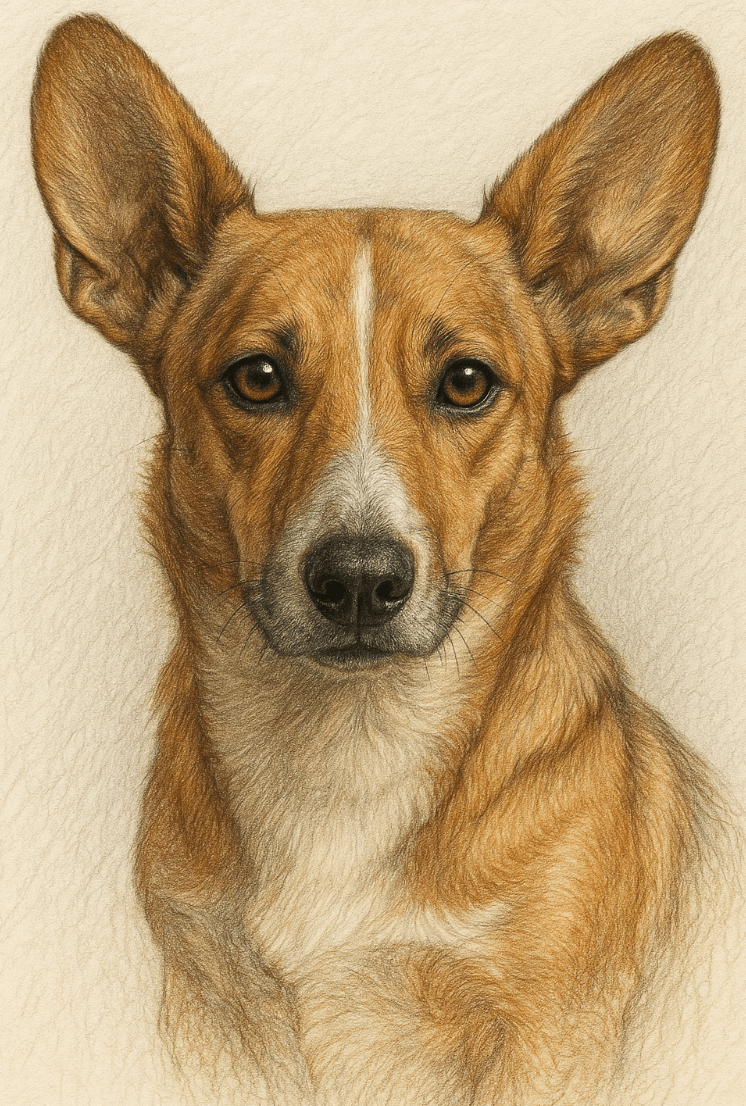The Graceful Art of Cat Walking: Unlocking the Secrets of Feline Movement
Cats have long been admired for their elegance, agility, and mysterious demeanor. Whether they’re prowling through the house at night or gracefully leaping onto a windowsill, their movements are nothing short of mesmerizing. One of the most fascinating aspects of feline behavior is their unique way of walking. Unlike humans or even dogs, cats move with a fluidity and precision that seems almost otherworldly. This blog post dives into the world of “cat walking,” exploring the mechanics, benefits, and even how we can learn from our feline friends. If you’ve ever wondered why cats walk the way they do, this article is for you.
The Mechanics Behind Cat Walking: A Closer Look
At first glance, a cat’s walk might seem simple, but there’s actually a lot going on beneath the surface. Their gait is a result of centuries of evolution, designed to make them efficient hunters and agile explorers. Here’s a breakdown of what makes cat walking so special:
- Silent Steps: Cats are known for their ability to move silently. This is due to the soft pads on their paws, which muffle sound as they walk.
- Paw Placement: Unlike many animals, cats place their back paws almost exactly where their front paws just were, creating a straight line of movement.
- Balance and Flexibility: Their flexible spines allow them to maintain perfect balance, even on narrow surfaces.
- Muscle Control: Cats have incredible muscle control, enabling them to adjust their stride length and speed effortlessly.
- Energy Efficiency: Their walking style conserves energy, allowing them to stay active for longer periods without tiring.
Understanding these mechanics not only helps us appreciate cats more but also highlights the complexity of their natural behaviors. It’s no wonder they’ve become symbols of grace and poise.
Benefits of Observing Cat Walking: Lessons from Our Feline Friends
While watching a cat walk might seem like a casual pastime, it can actually offer valuable insights into movement and mindfulness. By paying attention to how cats navigate their environment, we can learn important lessons about posture, focus, and efficiency. Here are some key takeaways:
- Mindful Movement: Cats are fully present in every step they take, teaching us the importance of being aware of our surroundings.
- Posture Improvement: Observing their straight-backed gait can inspire better posture in humans, reducing strain on the spine.
- Stress Reduction: Watching a cat walk can be calming, offering a moment of tranquility in our busy lives.
- Efficient Energy Use: Cats teach us to conserve energy by moving deliberately rather than rushing unnecessarily.
- Confidence in Motion: The way cats carry themselves reminds us to move with purpose and confidence.
By incorporating these lessons into our daily lives, we can improve both our physical and mental well-being. After all, who wouldn’t want to emulate the effortless grace of a cat?
Expert Insight: The Science Behind Cat Walking
Dr. Emily Thompson, a veterinarian and animal behavior specialist, explains: “A cat’s walking pattern is a marvel of biomechanics, combining flexibility, precision, and energy efficiency. Their unique gait not only supports their hunting instincts but also minimizes injury risk during movement.”
Check this guide 👉 Why Cats Love to Lay Down: Best 7 Expert Tips!
Check this guide 👉 The Graceful Art of a Cat Standing: Best 7 Expert Tips!
Check this guide 👉 The Graceful Art of a Cat Standing: Best 7 Expert Tips!

Cat Walking Characteristics | Why It Matters |
|---|---|
Silent movement | Helps cats hunt effectively |
Precise paw placement | Ensures balance and stability |
Flexible spine | Allows for agility and adaptability |
Controlled muscle use | Maximizes efficiency and endurance |
Energy conservation | Enables prolonged activity without fatigue |
How to Emulate Cat Walking: Tips for Humans
Believe it or not, humans can benefit greatly from trying to mimic the way cats walk. While we may never achieve their level of perfection, adopting certain principles can enhance our own movement patterns. Here’s how you can start channeling your inner feline:
- Focus on Foot Placement: Pay attention to where your feet land, aiming for smooth transitions between steps.
- Engage Your Core: Strengthening your core muscles will help improve balance and posture, much like a cat’s strong abdominal muscles.
- Move Quietly: Practice walking softly to develop greater awareness of your body and its impact on the environment.
- Stay Present: Concentrate on the act of walking itself, avoiding distractions to cultivate mindfulness.
- Experiment with Speed: Alternate between slow, deliberate steps and faster strides to build versatility in your movements.
Incorporating these practices into your routine can lead to noticeable improvements in your overall mobility and mental clarity. Who knew cat walking could be so transformative?
Common Misconceptions About Cat Walking
Despite their popularity, there are several myths surrounding how and why cats walk the way they do. Let’s debunk some of these misconceptions to gain a clearer understanding:
- Myth: Cats Walk Silently Because They’re Naturally Stealthy
Reality: While stealth plays a role, their silent steps are primarily due to the structure of their paws and soft pads. - Myth: All Cats Walk the Same Way
Reality: Different breeds and individual cats may have slight variations in their gait based on size, age, and health. - Myth: Cats Always Walk in Straight Lines
Reality: While they often follow a straight path, cats can adapt their movements depending on the terrain or situation. - Myth: Cat Walking Is Purely Instinctual
Reality: While instinct guides their movements, environmental factors and learned behaviors also influence their gait. - Myth: Humans Can’t Learn Anything From Cat Walking
Reality: As discussed earlier, humans can draw valuable lessons about mindfulness and efficiency from observing cats.
By addressing these misconceptions, we can deepen our appreciation for the nuances of cat walking and dispel any lingering myths.
The Role of Cat Walking in Play and Exercise
Cats are natural athletes, and their walking style plays a crucial role in their play and exercise routines. Whether they’re stalking a toy or simply stretching their legs, their movements reflect a blend of purpose and fun. Here’s how cat walking contributes to their physical activity:
- Stalking Behavior: During play, cats often mimic hunting by walking slowly and deliberately toward their target, refining their coordination.
- Quick Bursts of Speed: After a slow approach, cats may suddenly sprint, showcasing the versatility of their walking mechanics.
- Agility Training: Their walking patterns help them navigate obstacles with ease, enhancing their overall agility.
- Muscle Strengthening: Regular movement, including walking, keeps their muscles toned and ready for action.
- Mental Stimulation: Engaging in playful walks around the house provides mental enrichment, keeping them sharp and entertained.
By understanding the connection between walking and play, we can better appreciate how cats maintain their physical and mental health through seemingly simple activities.
Cat Walking as a Reflection of Health and Well-being
A cat’s walking style isn’t just about aesthetics—it’s also an indicator of their overall health. Changes in their gait can signal underlying issues that need attention. Here’s what to look out for:
- Limping or Favoring One Leg: This could indicate an injury, such as a sprain or fracture, requiring veterinary care.
- Stiff Movements: Arthritis or joint problems might be causing discomfort, especially in older cats.
- Unsteady Gait: A lack of balance could point to neurological issues or inner ear problems.
- Dragging Paws: This behavior might suggest weakness or nerve damage affecting their mobility.
- Reluctance to Walk: If a cat avoids walking altogether, it could be a sign of pain or systemic illness.
Paying close attention to your cat’s walking habits can help you catch potential health issues early, ensuring they receive the care they need to thrive.
Fun Facts About Cat Walking You Probably Didn’t Know
Cat walking is full of fascinating quirks that make these animals even more intriguing. Here are some lesser-known facts that highlight the uniqueness of their gait:
- Right-Pawed or Left-Pawed: Just like humans, cats tend to favor one paw over the other when initiating movement.
- Walking on Toes: Cats are digitigrade animals, meaning they walk on their toes rather than flat-footed like humans.
- Tail as a Counterbalance: Their tails play a vital role in maintaining stability while walking, especially on narrow surfaces.
- Nighttime Efficiency: Cats’ walking style is particularly adapted for low-light conditions, allowing them to navigate effectively at night.
- Cultural Symbolism: In many cultures, a cat’s graceful walk has been associated with mystery, independence, and elegance throughout history.
These fun facts not only deepen our appreciation for cat walking but also remind us of the incredible complexity behind their everyday actions.
Frequently Asked Questions About Cat Walking
Why do cats walk so quietly?
Cats walk quietly because their soft paw pads absorb sound, helping them avoid detection while hunting.
Do all cats walk the same way?
No, variations exist based on breed, age, and individual traits, though most share common characteristics like precise paw placement.
Can humans really learn from cat walking?
Yes, observing cat walking can teach mindfulness, improve posture, and encourage efficient movement.
Is cat walking related to their hunting behavior?
Absolutely. Their walking style evolved to support stealthy hunting and quick reflexes.
What should I do if my cat’s walking pattern changes suddenly?
Sudden changes in gait could indicate an injury or illness, so consult a veterinarian promptly.
Final Thoughts: Celebrating the Elegance of Cat Walking
In conclusion, cat walking is far more than just a mundane activity—it’s a testament to nature’s ingenuity and the beauty of evolution. From their silent steps to their impeccable balance, cats remind us of the power of mindful movement and adaptability. By observing and learning from their techniques, we can enhance our own lives in surprising ways. So next time you see a cat strolling across the room, take a moment to marvel at their grace. After all, there’s a reason they’ve captured our hearts for centuries.
Azawakh Bull Terrier Mix: Best 7 Expert Tips! Discover expert advice on training, care, and living with this unique hybrid for a happy and healthy companion.
Azawakh Spaniel Cocker Mix: Best 7 Expert Tips! Discover expert advice on training, care, and living with this unique hybrid for a happy and healthy companion.
Azawakh Corgi Mix: Best 7 Expert Tips! Discover expert advice on training, care, and living with this unique hybrid for a happy and healthy companion.
Azawakh Papillon Mix: Best 7 Expert Tips! Discover expert advice on training, care, and living with this unique hybrid for a happy and healthy companion.





